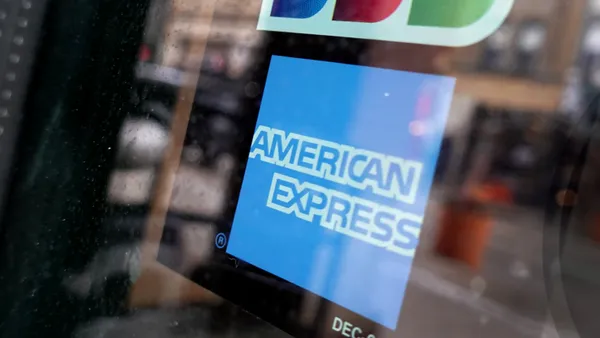Congress left critical gaps in the Genius Act, the law underpinning stablecoins, that regulators must address if the digital currency is to find acceptance among consumers, a panel of cryptocurrency experts said last week at a fintech conference.
The legislation offers a federal legal framework for stablecoins, and its passage this year has sparked major interest by financial institutions, multinational corporations, cross-border payment firms and others who see promise in the digital currency.
“The excitement is palpable, but there’s something also lurking, which is that we don’t have a regulatory framework yet in place to have the same types of consumer protections that we have around debit transactions,” Alexandra Steinberg Barrage, a partner with the law firm Morrison Foerster, said Thursday at the Philadelphia Federal Reserve Bank’s annual fintech conference.
“I’m excited about the innovation, but I want to make sure we’re thinking about the protections that are needed for the broader regulatory framework that Genius does not address,” added Barrage, a former executive with the Federal Deposit Insurance Corp.
Stablecoins are a cryptocurrency tied to the value of a traditional fiat currency such as the U.S. dollar, euro or pound. Some of the largest issuers include Circle Internet Group’s USDC and PayPal Holdings’ PYUSD.
Financial examiners and regulators will need to grapple with a range of questions about compliance and risk before stablecoins gain consumers’ confidence, said Rachel Anderika, global head of operations and chief operating officer of Anchorage Digital.
The San Francisco-based startup is a federally chartered cryptocurrency bank whose investors include Goldman Sachs Group, Visa and Max Levchin, a PayPal co-founder and the CEO of buy now, pay later firm Affirm Holdings.
Anderika listed several of those regulatory questions: “How is fraud mitigated? How do you redeem? What are your policies around things like seize-and-freeze? What does the issuer owe the secondary-market participant, the holder of that stablecoin? And what obligations does the issuer have against it? Where are complaints going to be directed, and how do we disposition them?”
Addressing such issues “kind of gives confidence to the way that people make payments and the way people interact with their financial system on a daily basis,” Anderika said.
Regulators and issuers must resolve risk factors “in a really detailed and practical way for the holders of stablecoins, if this is going to be used as a significant payment rail that touches people,” she said.
Wider consumer use of stablecoins is likely to occur in the field of artificial intelligence and payments as more retail sales shift toward digital agentic commerce, Barrage said.
“Most people don’t realize that stablecoins as a form of programmable money are really thought to be the engines of agentic commerce and agentic payments,” she said, referencing the programmable robots that can shop and make purchases for people within specified parameters, potentially with merchant-issued currencies.
“The more that this (AI-stablecoin) innovation continues, the more consumers who engage with this innovation will expect to have these normal consumer-like protections,” she added.
Another problematic area facing stablecoins is counterparty risk and the scenario where the value of a dollar-backed stablecoin drops below $1, Anderika said.
“We’ve seen it over and over again when you have a situation where there’s a lack of confidence in a market,” she said. “The idea of a stablecoin, because of lack of redemption capability, trading below $1 is a huge deal, and that will happen, and it can happen if you have a weakness in the redemption cycle, or when you need to be able to redeem en masse.”
The panel also featured Flavia Naves, a commissioner of the Wyoming Stable Token Commission and an attorney with the law firm Hathaway & Kunz. Wyoming’s Frontier stable token, which the state announced in August, will be available for purchase within the coming weeks, Naves said.
“The state of Wyoming took the opportunity to learn, understand the risks and put controls in place to mitigate those risks and proceed with it in an industry that others were shooing away,” she said.













